The COVID-19 pandemic forced a global experiment in remote work, accelerating a trend that was already underway. Now, as we navigate a post-pandemic world, the big question looms: what does the future of work look like? Will it be fully remote, a hybrid model, or a return to the traditional office setting?
The Remote Revolution
Remote work has undoubtedly transformed the way we perceive the workplace. Employees have enjoyed greater flexibility, reduced commute times, and a better work-life balance. Companies have discovered that productivity doesn’t necessarily suffer in a remote environment. In fact, some studies suggest it may even increase.
This newfound freedom has also opened up new possibilities for businesses. With remote work, companies can tap into a global talent pool, hiring the best candidates regardless of their location. This is where virtual assistants (VAs) have emerged as invaluable assets. VAs offer specialised skills and flexibility, allowing businesses to scale their operations without the overhead of traditional employees.
The Hybrid Model
While remote work has its advantages, it’s not without its challenges. Loneliness, lack of social interaction, and difficulty separating work from personal life are common complaints. This is where the hybrid model comes into play.
Hybrid work blends the best of both worlds, offering employees the flexibility to work from home while maintaining some in-person connection. This could involve a few days in the office each week, dedicated team-building events, or even co-working spaces.
Back to the Office?
Despite the rise of remote and hybrid work, some companies are eager to return to the traditional office setting. They argue that in-person collaboration fosters creativity, strengthens company culture, and provides valuable mentorship opportunities.
However, the return to the office is likely to look different than it did pre-pandemic. Flexible schedules, hot-desking, and a greater emphasis on employee well-being are likely to become the norm.
Navigating the Future
The future of work is not one-size-fits-all. It’s likely to be a combination of remote, hybrid, and in-office work, tailored to the specific needs of each company and its employees. Virtual assistants will continue to play a crucial role in this evolving landscape, providing support and expertise to businesses as they navigate the new normal.
Key Takeaways:
- Remote work has revolutionised the workplace, offering flexibility and access to global talent.
- Virtual assistants are invaluable assets for businesses embracing remote work.
- The hybrid model offers a balance between flexibility and in-person connection.
- The return to the office is likely to involve more flexible arrangements and a focus on employee well-being.
- The future of work is a dynamic landscape, and businesses must adapt to thrive.
Whether you’re a company leader or an employee, it’s important to embrace the changes ahead. The future of work is full of possibilities, and those who adapt will be well-positioned for success.







